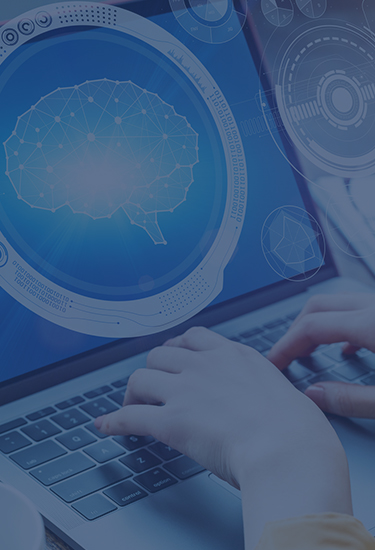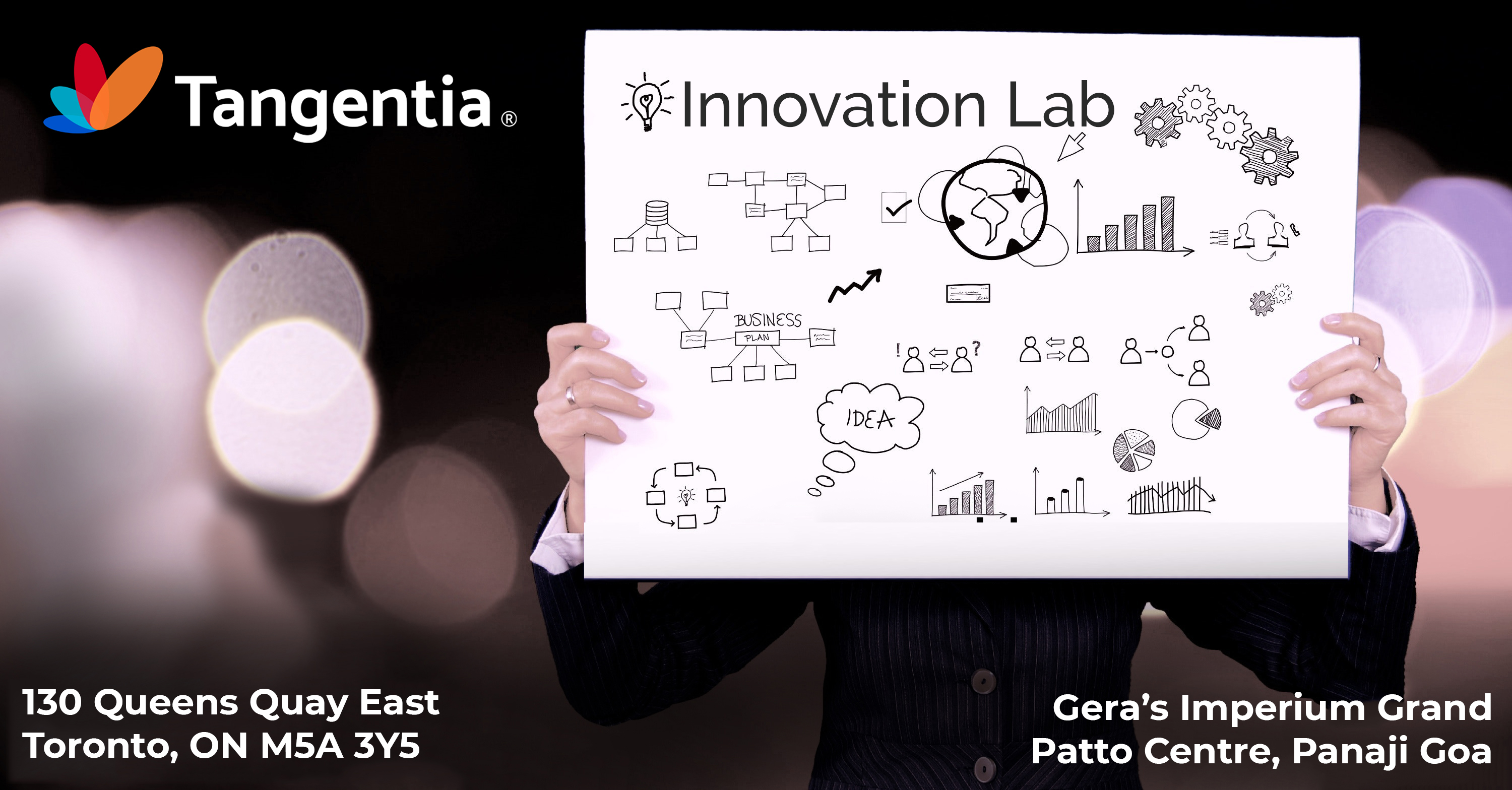Teaming Humans with Bots – Workplace strategy for the Future
by Rajhans Gupta and Nikita Mapari
“Robotgeddon” has become an awfully popular expression nowadays. The term was put together from the word “robot” and “Armageddon.” Could AI really replace humans? Let’s investigate a bit.
We are living in the golden age of digitalization: in the past few years, many new technologies have emerged. Two significant ones are artificial intelligence and automation. These rapidly developing fields have an effect on almost every area of business. If businesses want to work efficiently and successfully, they have no other choice but become better at AI and automation.
Automation or Artificial Intelligence
Automation means that a software (bot) does an activity automatically which could otherwise be done by using actual manpower. This is also the field where robotics is most useful. A machine that had been set up appropriately is able to do the task it has been programmed to do. Thanks to automation, you can put an end to boring and repetitive activities, which can easily and perfectly be done by a machine instead. The most important areas where automation is used are manufacturing, online marketing and sales processes.

Artificial Intelligence
AI is no different than a set of computers and automated software's that normally require human cognitive functions (e.g. the ability to learn). You can see that there are similarities between the two technologies, but there is a significant difference too: while AI is able to learn and apply the things it had learned in practice, automation can only perform those monotone tasks that it had been programmed to do. The most important companies to consider when talking about artificial intelligence are Google, Microsoft, and Facebook.
Productivity Fluctuation: Robots Vs Humans
Creating a balanced and even workflow will optimize productivity for robots – in the same way as it does for human workers. Surely robots don’t get tired, can work 24/7, are fully skilled at what they are programmed to do, and don’t have any pesky motivational issues – so must their productivity always be consistently high?
For a bot or human, productivity is best measured as a ratio of output: input. How much work did we get out for the amount of time we put in? For this to make sense we generally convert time into “capacity to do work” based on some idea of how much work could be done in a given time.
So, if Person A completes 75 tasks in a day and they had the capacity to complete 100 then their productivity was 75%. Similarly, if Robot B completes 500 tasks in a day and had the capacity to do 1,000 then their productivity would be 50%. As we begin to increase our investment in Robotic Process Automation (RPA) and AI: the productivity of this (potentially) cheaper processing resource will matter – if not so much now then certainly when everyone is employing RPA to do similar tasks within the same services.”

But why would Robot B only do 500 tasks? They wouldn’t dawdle because they didn’t like their boss. They wouldn’t spend hours on social media, and they would surely only be allocated tasks that they were 100% capable of processing. Maybe Robot B could only process 500 tasks because there were only 500 available to be done. The plain fact of the matter is that with humans and robotics increasingly working alongside one another in service operations a blended and balanced approach needs to be taken on the issue of productivity.
Working Together
When thinking about smart machines or robots entering many domains of our lives, several visions come to mind: robots taking over the world, jobs disappearing, and machines running amok and reproducing themselves. But a look at what’s being developed today, and the potential of these new powerful machines, yields an optimistic view of the future.
Despite generations of new technologies, we’re now working more rather than less. Adult male peasants in the 13th century in the United Kingdom worked an average of 1,600 hours a year; a manufacturing worker in the United Kingdom in 1990 worked 1,850 hours; an investment banker in New York today works close to 5,000 hours. There hasn’t yet been a technology that has resulted in our working less.
This is because machines don’t just replace what we do, they change the nature of what we do: by extending our capabilities, they set new expectations for what’s possible and create new performance standards and needs.

So will robots take our jobs?
You’ve got no reason to worry though. An article from Forbes sums up beautifully the biggest paradox that comes to mind in connection with automation and AI. It is a generally accepted view that a software can do a human job more efficiently and with a smaller chance of errors than an actual human being. If you want to apply this theory to all aspects of life, then that means that robots are actually better at educating people and raising children, too. And the paradox is right there: if humans do have to compete with such smart machines, then there are also machines among these which educate and train humans to be better and to take advantage of their qualities (and these people will continue to build robots and make them even better so that the robots can further educate them, and so on). This way, it is already not so easy to imagine that robots will take jobs, right?
To Sum It Up
Amateurs armed with good strategies and harnessing the computational power of machines turned out to be the winning combination! That’s the best metaphor for the evolving new machine-human partnership: with smart machines as our partners, we can operate at the level of grandmasters, not just in chess but in most domains of our lives, from science and medicine to gaming and commerce.
The combination of humans partnering with bots and using superior strategies opens up new worlds for exploration. The thought of robots taking over the world one day and people losing their jobs, there is no reason to worry about such things. Automation and artificial intelligence are rather a blessing than a curse – they actually don’t take jobs from people but complement them.
About the Author
The authors, Rajhans and Nikita work with Tangentia India Technologies and are based out of our Goa and Pune operations in India respectively.
Tangentia is an implementation expert in AI,RPA & Automation solutions & has partnerships with UiPath, Automation Anywhere & Blueprism.
To learn more about Automation & what Tangentia can do for you please follow this link .
Get Started today
Interested in Automation but don’t know where to start? Looking for a reliable Automation reseller with the best possible pricing? Looking for somebody to help maintain, support and enhance your existing bots? Or just want to say hello? Contact us now. We promise a human will answer your query, not a bot.
Contact Us




















